Technological Innovations in Drilling Fluids
With the advancement of technology driving the development of efficiency, safety, and environmental sustainability, the oil and gas industry is constantly evolving. Among them, drilling fluid technology plays a significant role in the successful extraction of hydrocarbons. This article delves into the important role of drilling fluids, cutting-edge innovations in this field, as well as practical applications and case studies.
The Role of Drilling Fluids
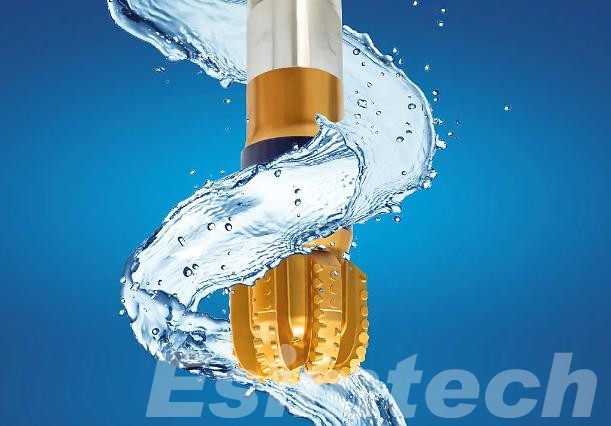
Drilling fluids, are often referred to as drilling mud. These specially formulated fluids perform a multitude of roles, ensuring the wellbore’s stability and the drilling process runs smoothly:
Cooling and Lubrication: They act like a high-performance coolant and lubricant, reducing friction between the drill bit and the rock face. This prevents overheating of the drill bit, which can lead to premature wear and tear.
Maintaining Wellbore Pressure: Drilling fluids exert hydrostatic pressure, a vital counterforce to the natural pressure of the formations being drilled through. This prevents formation fluids, like oil, gas, or water, from entering the wellbore uncontrollably, which could cause a dangerous blowout.
Carrying Cuttings: As the drill bit breaks rock, it creates cuttings. Drilling fluids transport these cuttings back to the surface for disposal. This continuous circulation prevents the cuttings from accumulating in the wellbore, which could hinder drilling progress and damage the drill bit.
Supporting Wellbore Integrity: Drilling fluids form a thin, vital layer called a filter cake on the wellbore wall. This cake acts as a barrier, preventing formation fluids from migrating into the wellbore and ensuring the wellbore remains stable. Additionally, the drilling fluid can be formulated to support the wellbore wall in weak formations, preventing collapse.
The specific properties of a drilling fluid are meticulously designed based on the wellbore conditions encountered during drilling. Factors like depth, temperature, pressure, and the type of rock formations all influence the formulation. Drilling fluids can be water-based, oil-based, or synthetic-based, each with its own advantages and disadvantages depending on the specific drilling scenario.
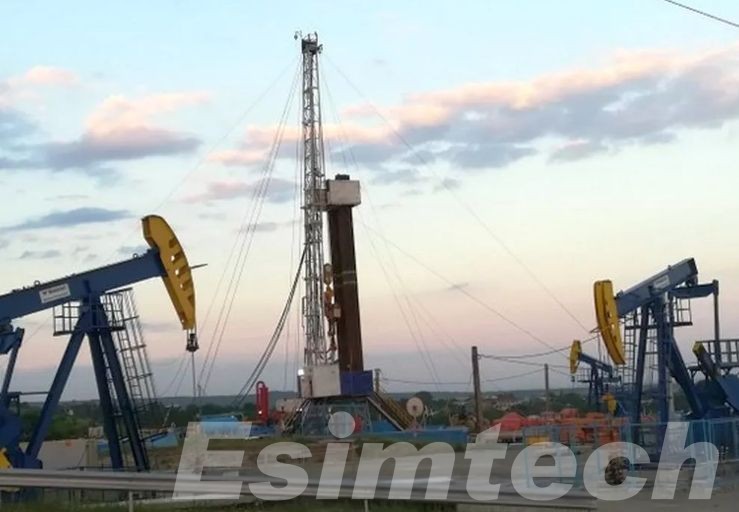
Cutting-Edge Innovations in Drilling Fluids
1. Nanotechnology-Enhanced Fluids
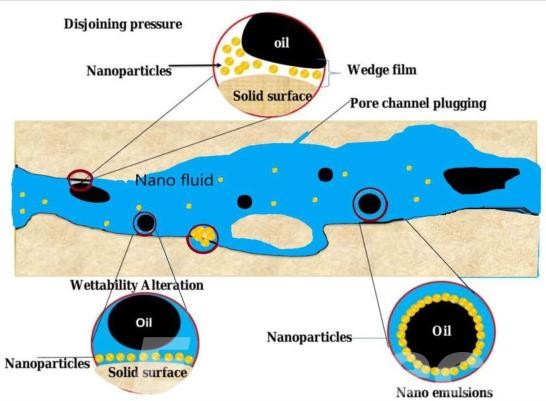
Nanotechnology has significantly transformed drilling fluids, introducing nanoparticles that enhance their performance in several key areas. Traditionally, drilling fluids, or muds are important in oil and gas exploration, including lubricating the drill bit, carrying cuttings to the surface, and stabilizing the wellbore. The incorporation of nanoparticles, often metallic or ceramic in nature and typically on the nanometer scale (1-100 nanometers), brings several advantages:
- Withstand higher temperatures encountered in deep drilling, maintaining fluid properties and preventing degradation.
- Reduces friction between the drill string and the borehole wall, thereby Improving drilling efficiency and reducing wear on equipment.
- Penetrate and seal micro-fractures in the borehole wall, preventing fluid loss into formations and enhancing wellbore stability.
By improving overall drilling efficiency and stability, nanotechnology-enhanced fluids help reduce non-productive time, which is critical for optimizing drilling operations and minimizing costs.
2. Smart Fluids
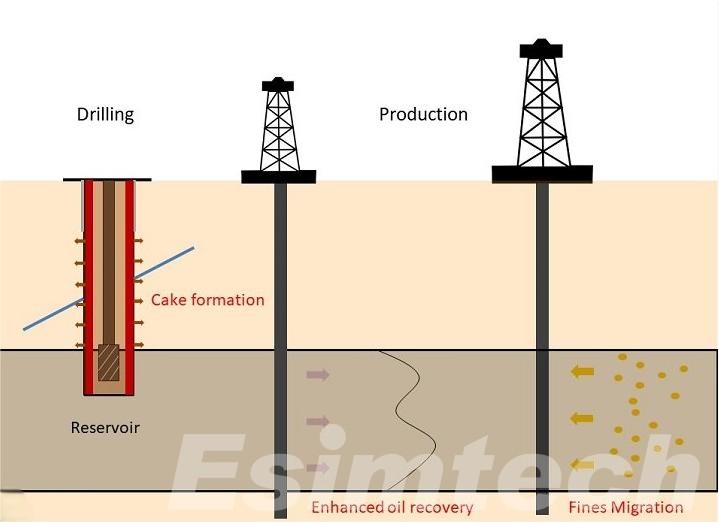
Smart drilling fluids is a significant leap forward in adaptive drilling technology. These fluids are equipped with advanced sensors and responsive materials that enable them to dynamically adjust their properties in real-time according to downhole conditions. Key features of smart fluids include:
- Real-Time Property Adjustment: Sensors embedded within the fluid continuously monitor parameters such as temperature, pressure, and fluid composition. Algorithms interpret this data to adjust viscosity, density, and other characteristics on the fly.
- Optimized Drilling Performance: By maintaining optimal fluid properties at all times, smart fluids improve drilling efficiency, reduce the risk of downhole problems (such as stuck pipe or lost circulation), and enhance overall wellbore stability.
- Enhanced Safety: The ability of smart fluids to adapt to changing downhole conditions enhances safety by mitigating operational risks and responding effectively to unexpected challenges.
Smart fluids exemplify the integration of advanced materials science and digital technologies into the oil and gas industry, paving the way for more intelligent and efficient drilling operations.
3. Biodegradable and Eco-Friendly Formulations
In response to environmental concerns and regulatory pressures, there has been a growing trend towards developing biodegradable and eco-friendly drilling fluids. These formulations prioritize sustainability without compromising performance. Key aspects of biodegradable and eco-friendly drilling fluids include:
- These fluids use polymers derived from renewable resources or designed to degrade naturally over time, reducing environmental impact compared to traditional synthetic polymers.
- Formulations incorporate additives that are non-toxic and have minimal ecological impact. This includes surfactants, emulsifiers, and stabilizers that meet stringent environmental standards.
- Despite their eco-friendly nature, these fluids are engineered to meet or exceed the performance characteristics of conventional drilling fluids, ensuring they can handle the rigors of drilling operations effectively.
In summary, the progress of these drilling fluid technologies not only improves operational efficiency and safety, but also helps to reduce environmental footprint and make the drilling process more sustainable.
Case Studies and Applications
Offshore drilling presents unique challenges due to extreme environmental conditions and deepwater depths. Innovations in drilling fluids have played a crucial role in enhancing operational efficiency and safety in these settings:
- Deepwater Stability: Nanotechnology-enhanced fluids have been instrumental in maintaining thermal stability under high-pressure, high-temperature conditions encountered in deepwater drilling. These fluids prevent thermal degradation, ensuring consistent performance and extending equipment lifespan.
- Lubrication and Fracture Sealing: Nanoparticles incorporated into drilling fluids improve lubricity and can effectively seal micro-fractures in the borehole walls. This reduces friction, minimizes wear on drilling equipment, and enhances overall drilling efficiency in offshore environments where downtime is costly and logistical challenges are heightened.
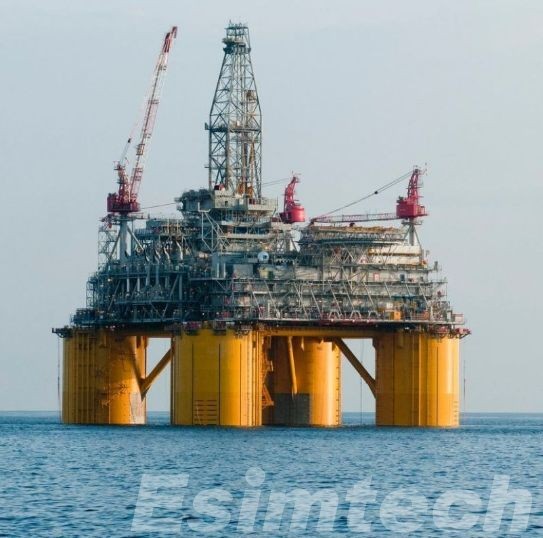
Unconventional Resource Extraction
The rise of unconventional oil and gas extraction, such as shale gas and tight oil formations, has driven the need for drilling fluids that can adapt to specific geological challenges:
- Optimized Fluid Properties: Smart fluids equipped with sensors and responsive materials dynamically adjust viscosity and density based on real-time data from downhole conditions. In shale gas formations, for instance, where varying pressures and complex rock structures are prevalent, these fluids ensure optimal performance, mitigate risks of formation damage, and maximize well productivity.
- Environmental Considerations: Biodegradable formulations are increasingly favored in unconventional resource extraction areas to mitigate environmental impact. These fluids utilize biodegradable polymers and additives that degrade naturally over time, reducing the footprint of drilling operations and aligning with regulatory requirements for environmentally sensitive regions.
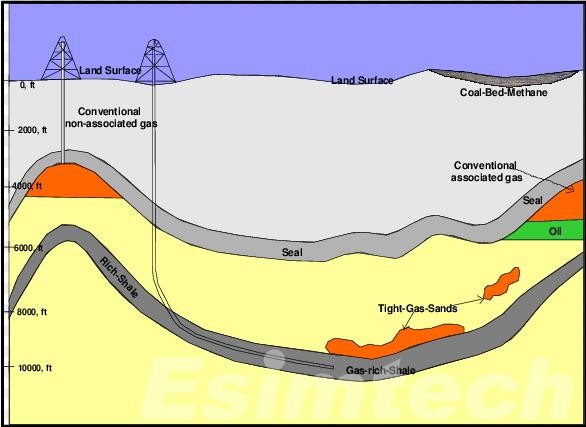
Environmental Compliance and Sustainability
In addition to operational benefits, technological innovations in drilling fluids contribute significantly to environmental compliance and sustainability:
- Regulatory Alignment: Biodegradable fluids are crucial for operators navigating stringent environmental regulations, particularly in ecologically sensitive areas such as coastal regions or protected habitats. These fluids ensure compliance with environmental standards while supporting sustainable resource extraction practices.
- Cmmunity and Stakeholder Engagement: Adopting eco-friendly drilling fluid technologies enhances corporate social responsibility efforts and improves stakeholder perceptions. Communities affected by drilling operations are increasingly supportive of companies that prioritize environmental stewardship, contributing to long-term social license to operate.
Continuous Improvement and Future Prospects
As technological advancements continue to evolve, the future of drilling fluids holds promise for further innovation:
- Advanced Materials Research: Ongoing research in nanotechnology aims to develop even more robust nanoparticles that enhance fluid performance across broader temperature and pressure ranges, pushing the boundaries of deepwater and high-pressure drilling capabilities.
- Digital Integration: The integration of digital technologies, such as artificial intelligence and machine learning, into smart fluid systems will enable more precise predictive modeling and optimization of drilling operations, further enhancing efficiency and safety.
- Global Collaboration: Industry collaboration and knowledge-sharing initiatives facilitate the adoption of best practices in drilling fluid technology worldwide, fostering a collective effort towards sustainable energy extraction and environmental stewardship.
Conclusion
Technological innovations in drilling fluids are transforming the oil and gas industry, improving efficiency, safety, and sustainability. These advancements support responsible resource development and help meet global energy needs while preserving the environment.
